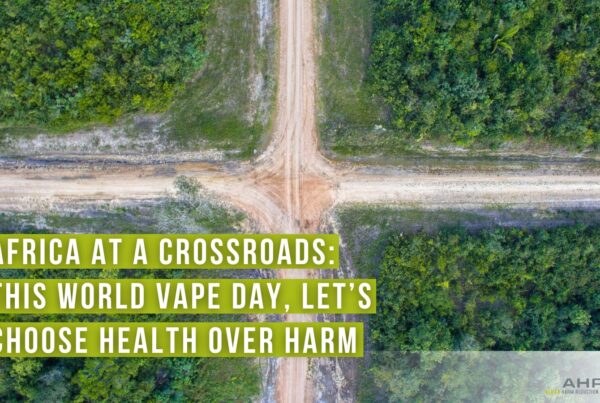What is Tobacco Harm Reduction and how does it stand alongside smoking cessation?
We’ll answer the question right away: firstly, quitting nicotine entirely is always recommended. However, THR recognizes the phrase “easier said than done”, so no, it is not tobacco harm reduction (THR) or smoking cessation. Rather, it should be tobacco harm reduction and smoking cessation – with consumers being given the opportunity and knowledge to choose which approach works better for them. This also needs to be reflected in national policies, where THR stands hand-in-hand with, and not against, tobacco control.

As much as the end goal may always be cessation, research has already proven that “only 4 to 7 percent of people who try to quit “cold turkey” are successful in staying tobacco-free.” In this situation, as a way to journey to the same destination, “the field of tobacco harm reduction can offer a respite to smokers who are unwilling or unable to quit smoking.” Moreover, research in the United Kingdom also shows that vapers are 5 times more likely to quit than those who go cold turkey.
So what is tobacco harm reduction? And, though often pitched as contrary to tobacco control and cessation, how does it work towards the same goal? As defined in the report Saving Lives, which uses the analogy of a fire escape for tobacco harm reduction, “THR science and products provide an evidence-based method for smokers to reduce the harm caused by smoking.” It reduces harm by relying on substitution – replacing more harmful products with considerably less harmful products. This scale of harm can also be viewed visually as a risk continuum, with THR encouraging “smokers to move down the risk continuum by switching from high-risk tobacco products to far less harmful nicotine products.” In fact, a study published in the Annual Review of Public Health found that the “risk continuum shows nicotine products can save lives at a faster rate than previously possible.”
Last week, we looked at how nicotine is often mislabelled as the enemy. As we continue this series, we will explore the categories of products on the risk continuum, how countries have successfully embraced THR, how individuals can help promote harm minimisation, and much more. Stay tuned!
THR Topics
Popular Posts
Quick Links
Women in THR
Related Posts
 Letter to the World Health Organization (WHO)
Letter to the World Health Organization (WHO)
Letter to the World Health Organization (WHO)
 Public Health implications of vaping in Germany
Public Health implications of vaping in Germany
Public Health implications of vaping in Germany
 Public Health implications of vaping in the United States of America
Public Health implications of vaping in the United States of America








